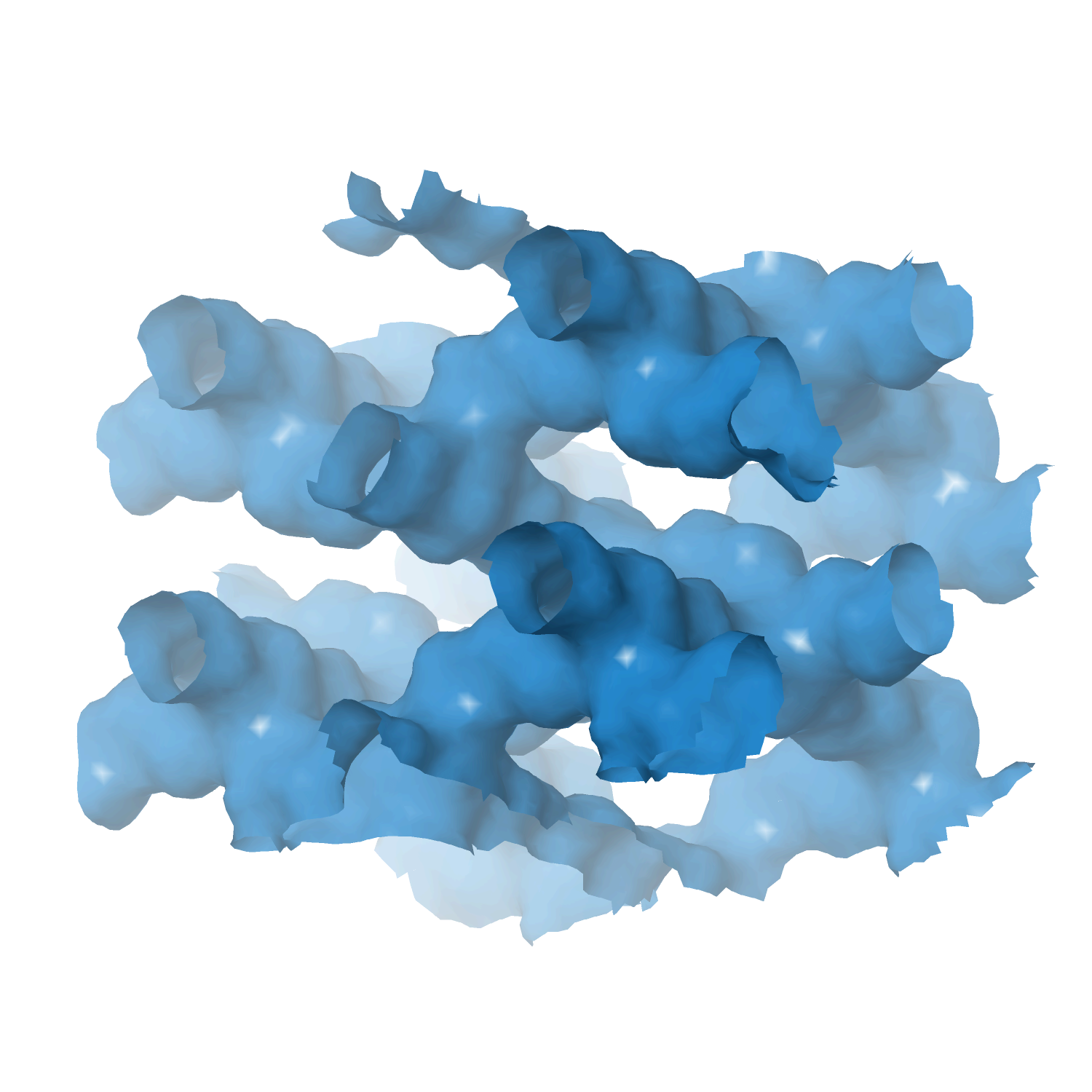Heterogeneous catalyst engineering ⇒ from stable and deactivation resistant to viable technical catalyst
Advances in heterogeneous catalyst “structure” are driven to improve their “function” or performance, i.e., activity, selectivity, and stability. Cooperative research is required to understand the structure and function relationships: developing new synthesis protocols for heterogeneous catalysts with unique surface properties, defined porosity, identification and understanding of catalytically active sites, reaction mechanisms, and finally, prediction and analysis of the processes using various computational tools.
Our group focuses on developing new catalyst formulations using innovative synthesis routes for various important heterogeneous catalysts. That includes thermal, electro, and bio-electro catalysis.
The active phase cannot be used directly in its final application or reactor for various reasons, including poor mechanical resistance, heat or mass transport, and fluidization features. We must mix the active phase with other ingredients in a matrix of binder and filler, while we shape it into a technical catalyst. We investigate new synthetic protocols for technical catalysis using spray drying and fluidized beds to cover the whole range of sizes. At the same time, we incorporate additional (unconventional) ingredients such as SiC to improve some features even further.
- Technical catalyst I ⇒ spray drying and extrusion
- Technical catalyst II ⇒ spray fluidized bed reactor
- Technical catalyst III ⇒ electrospinning
- Zeolite catalysts ⇒ with defined structure/porosity
- Multi-metal (high entropy) alloy catalysts
- MXene catalysts ⇒ single and multi-dimensional
- Perovskite catalysts
- Metal-organic framework (MOFs) catalysts
- Supported metal/metal-oxide catalysts
- Aerogel catalyst
Co–TiO2 supported on reduced graphene oxide as a highly active and stable photocatalyst for hydrogen generation
by
Moustafa, Velisoju, Mohamed, Obaid, Kolubah, Yao, Ghaffour, Castaño
Fuel
Year:
2023
DOI:
https://doi.org/10.1016/j.fuel.2022.127232
Abstract
We have developed a highly active and stable catalyst based on Co and TiO2 nanoparticles anchored on reduced graphene oxide (rGO) sheets for the photocatalytic hydrogen generation from water splitting. The catalyst was prepared using a novel methodology involving the modified Hummers approach followed by pyrolysis. The crystallinities, morphologies, optical properties, and chemical structures of the synthesized catalysts were investigated using different characterization techniques. The photocatalytic activity was investigated under UV–vis spectroscopy in solutions containing different Na2S + Na2SO3 concentrations and methanol as hole scavengers. The optimized composite that comprises Co: TiO2:rGO (1:6:10) shows a 2.5-fold improvement in the catalyst efficiency under UV–vis compared to bare TiO2, and it was recycled with the same activity for three cycles. This remarkable improvement in the photocatalytic activity of the developed nanocomposites compared to TiO2 can be attributed to the improved capacity of the nanocomposites to absorb visible light and efficiently separate charge carriers at the interface.
Keywords
EPB
HCE
